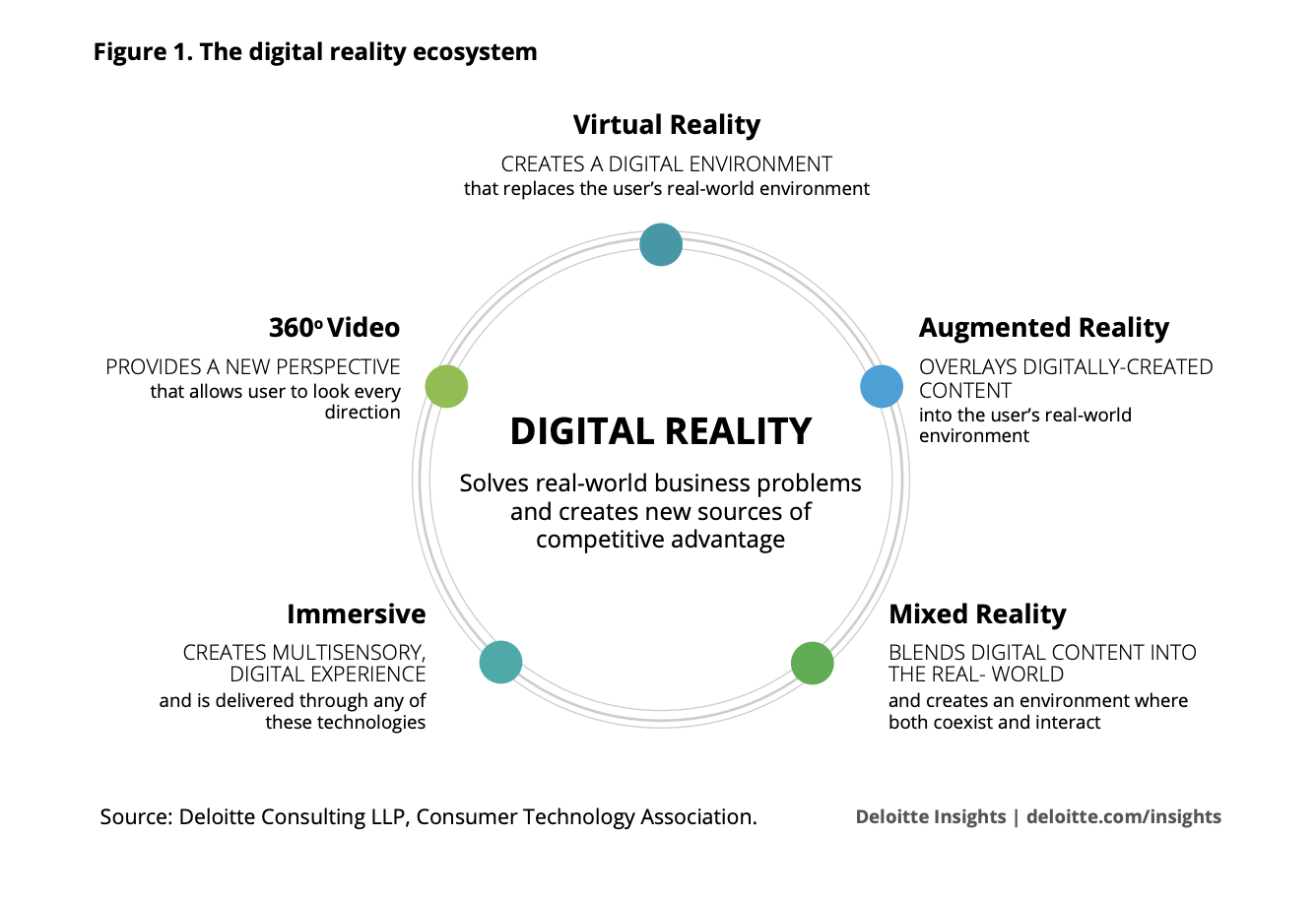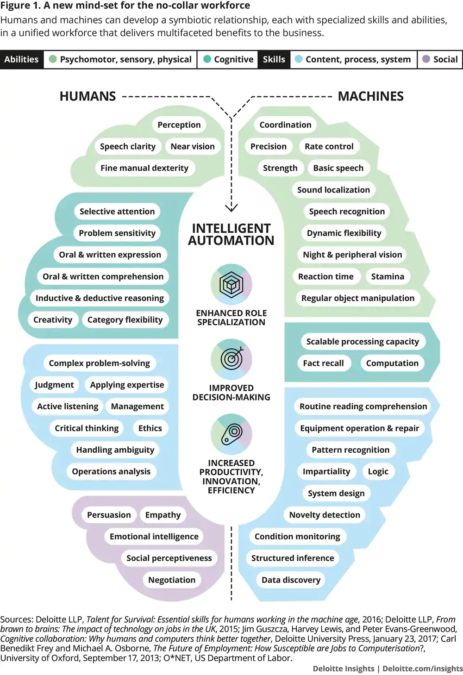Disrupt or be disrupted: c-level executives are now wise to this fact. But, it’s been a fairly recent realisation.
There are those — the more technically inclined, perhaps — who have always been on the disruptor side and found ways to show the business value of innovating and taking a leap of faith; without the initial promise of instant ROI.
Deloitte’s clients, the ones that want to go digital, are certainly embracing the role of disruptor — they want to create value to the business by implementing different technologies. “But, it’s about picking the right opportunities,” says Robert Schmid, chief IoT technologist at Deloitte Digital.
“There is, however, some scepticism among the c-suite.” It is true, often the latest technology is viewed sceptically, as a buzzword being pushed by vendors and third parties. It’s important to talk about the value a technology can create rather than the tech.
Leadership in the age of disruption: How to rise to digital transformation
Beyond the buzzword
To really take the lead on value, generated by technology, the c-suite (the CIOs, CTOs and CDOs) will increasingly need to think outside of their function and think “how do we partner and become the glue between the different functions,” suggests Schmid. This, he believes, is the biggest challenge all CIOs (CTOs and CDOs) have.
The digital reality
In a recent report, Deloitte stated that digital reality will prime the next major transformation in the technology industry. It said: ‘Each transformation is typically illustrated by a leap forward in how we interact with and apply technology and data in our daily lives.’
In this instance, the consulting firm defines digital reality ‘as the wide spectrum of technologies and capabilities that make up AR, VR, MR, 360° video and the immersive experience, enabling simulation of reality in various ways’.
“This digital reality will be a way to illustrate value, help people learn faster, have people fix things faster and enable remote service,” explains Schmid. “All these digital reality technologies are going to become a part of life.”

“This digital reality will be a way to illustrate value, help people learn faster, have people fix things faster and enable remote service,” explains Schmid. “All these digital reality technologies are going to become a part of life.”
No-collar workforce
Another phrase coined by Deloitte, the no-collar workforce refers to businesses ‘reimagining an entirely new organisational model in which humans and machines become co-workers, complementing and enhancing the other’s efforts in a unified digital workforce’.

“I think there are jobs that machines are going to be really good at and it’s going to enable people to do things that we’re really good at and get better at,” says Schmid. “It’s going to take us out of repetitive things, it’s going to take us out of looking at really massive amounts of data — there’s just so much our brain can analyse in a quick way, but machines are much better at this. Then we can go and actually make good decisions based on the data,” he continues.
Deloitte moving from proof-of-concept to proof-of-value with IoT
Dark data
Speaking of data… Dark, legacy data is one of the biggest challenges for many industries. It’s built on proprietary systems that are difficult to access — how can organisations get value from this?
Data, lying around everywhere isn’t a new problem, it’s been around forever. With the cloud coming in, it’s allowed businesses to bring data together from many places and “we’ve got better at it,” believes Schmid.
“The second thing that we do today, with data, is normalise it and actually relate it back to the machine data.”










